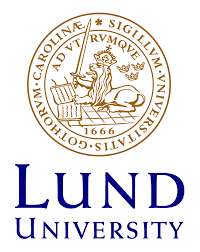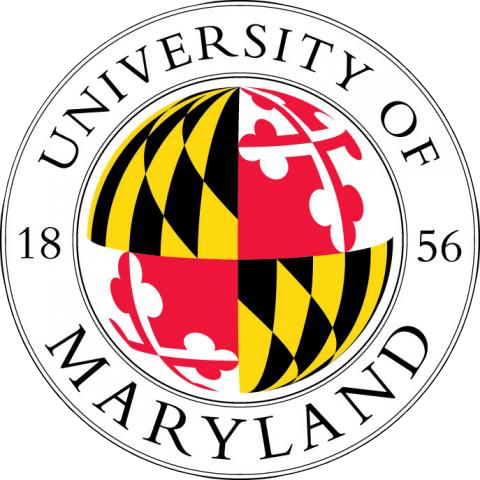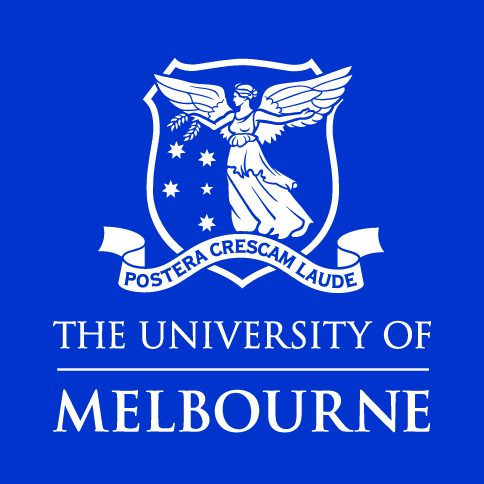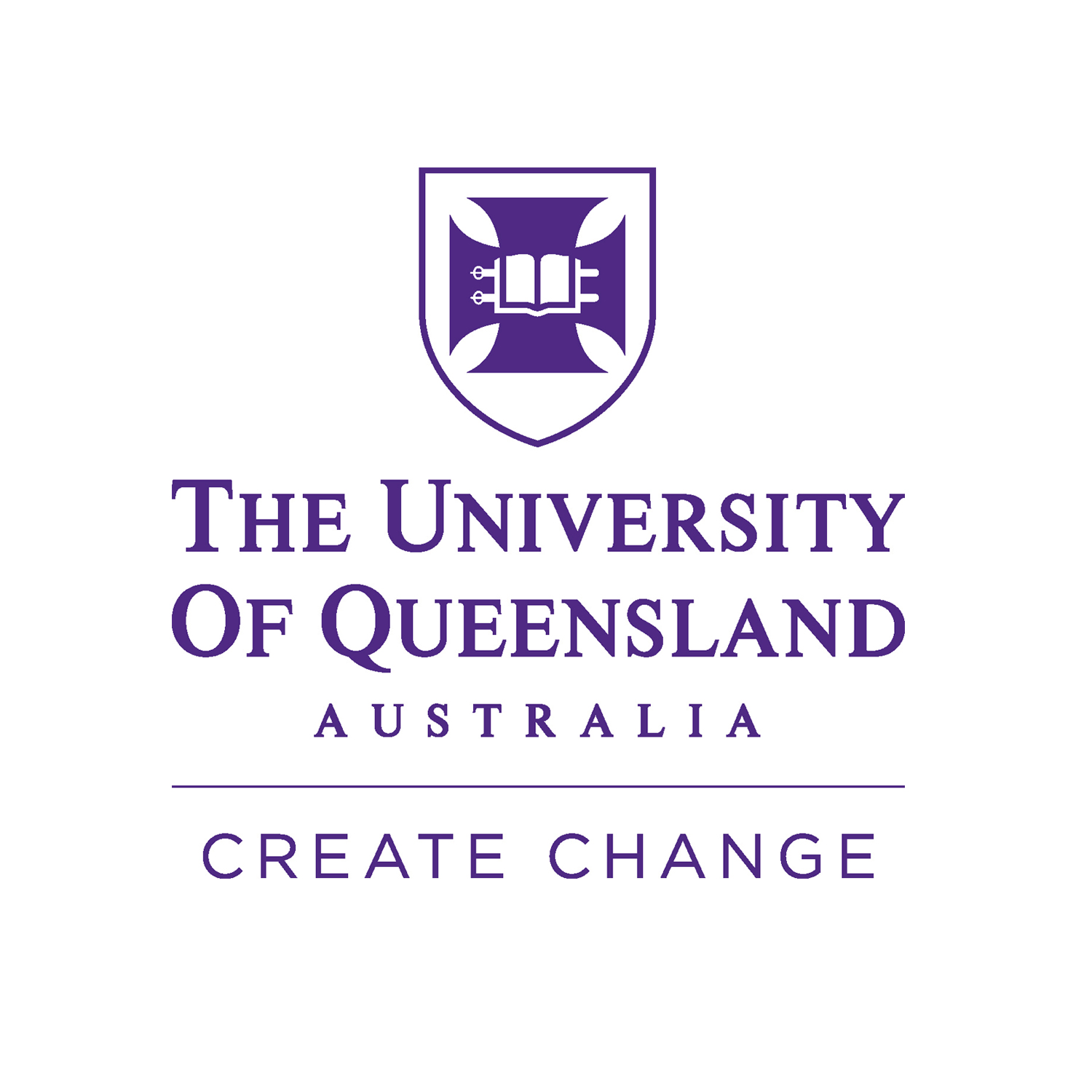University Partner Capabilities
The International Fire Safety Consortium was launched by five leading academic institutions in fire safety research and education in the USA, Europe, and Australasia. The Consortium’s network of partnerships incorporates academic institutions and NGOs worldwide plus a network of industries that operate globally. All five of the founding partner universities are members of the Universitas 21 Global Network, a worldwide network of research-intensive universities that empowers its members to share excellence, collaborate across borders, and nurture global knowledge exchange. The partner universities’ capabilities can be found below.
University of Edinburgh

The University of Edinburgh, founded in 1582, is the sixth oldest university in the English-speaking world and one of the world’s top research-intensive universities. The University is ranked among the top 5 in the UK for research power, with 83% of its research activity classified as world leading or internationally excellent in the Research Excellence Framework. The University of Edinburgh established research in the field of Fire Safety Engineering in the early 1970s and today has the largest group of postgraduate researchers and academics specialising in fire science and fire safety engineering research in Europe. A decade ago, the University of Edinburgh established the BRE Centre for Fire Safety Engineering, a world-class research fire centre with 40 research members from more than 18 different nationalities. The Centre has forged strong links with industrial partners in the UK, Europe and further afield.
Key Persons; Luke Bisby, Professor and Chair of Fire and Structures, Rory Hadden, Senior Lecturer, Graham Spinardi, Senior Lecturer
Key Research Facilities, Infrastructure and Equipment;The University of Edinburgh has globally unique, well equipped laboratories including the Rushbrook Fire Engineering Laboratory, Fire and Materials Laboratory, the Large Structures (and Fire) Testing Hall, as well as access to the facilities at the UK Building Research Establishment. Experimental research is largely conducted in the Rushbrook Fire Engineering Laboratory, while numerical modelling work is carried out on a variety of machines from desktop workstations through to high performance parallel computing facilities.
Key Research Areas/Themes and Educational Programmes; Key research areas include: Structural Fire Safety, Sociology of Technology, Combustion Science, Fire Dynamics, Wildfires, Suppression, Evacuation, Fire Service Intervention, Building Systems, Engineered Timber, Pyrolysis, Ignition and Flame Spread, Thermomechanics of Materials, and Intelligent Egress. Degrees offered include: Structural and Fire Safety Engineering (SFSE) BEng or MEng degree, MSc in Structural and Fire Safety Engineering (SAFE) and International Master of Science in Fire Safety Engineering (IMFSE), Professional Courses for Industry.
Contact Luke Bisby, Luke.Bisby@ed.ac.uk
Lund University

Founded in 1666 in Sweden, Lund University (LU) is one of northern Europe’s oldest, broadest and finest universities. LU is consistently ranked among the top 100 universities in the world. LU’s Division of Fire Safety Engineering (FSE) was the first in mainland Europe to start a university degree in Fire Safety Engineering and has the only Doctoral Education Programme in Fire Safety in Sweden. FSE currently has more than 15 PhD students dedicated to fire safety research. Staff at FSE hold key roles in numerous international organizations fostering fire safety through research and engineering, e.g., International Association of Fire Safety Science (IAFSS) and ISO Technical Committee on Fire Safety (TC92).
Key Persons; Patrick Van Hees, Professor and Programme Director, Margaret McNamee, Professor
Key Research Facilities, Infrastructure and Equipment; The laboratories are equipped with a cone calorimeter, MCC, furniture calorimeter, gas analysis equipment, laser measurement techniques, wind tunnel for sprinkler tests, ISO fire room in 1/3-scale and a LIFT apparatus. At the training facility for the fire rescue services at Revinge, the university has a large-scale facility to conduct room fire tests in a container set-up as well as an almost 25 m long large scale tunnel facility with HRR hood. The university has also a virtual reality laboratory to conduct experiments with different virtual reality tools. The LUNARC-cluster is also at the disposal of the fire group for simulating fires on a computer cluster.
Key Research Areas/Themes and Educational Programmes; Key research areas include: Fire Development Modelling, Human Behaviour in Fire, Fire Performance-Based Design of Buildings, Fire and Sustainability, Fire Spread and Combustion, Industrial Fire Protection Systems, Fire Technology Design, Risk Analysis, Sustainability and Fire, Simulation of Fires in Enclosures, Extinguishing Techniques and Extinguishing Agents. LU offers a BSc in Fire Protection Engineering and an MSc in Risk Management and Safety Engineering. In addition, LU is involved in the International Master of Fire Safety Technology program (IMFSE). For more information go to www.brand.lth.se
Contact Margaret McNamee, margaret.mcnamee@brand.lth.se
University of Maryland

The University of Maryland (UMD) is one of the preeminent public research universities in the U.S. and across the world. A global leader in research, entrepreneurship and innovation, its faculty includes two Nobel laureates, three Pulitzer Prize winners, 60 members of the national academies and scores of Fulbright scholars. Located just a few miles from Washington, D.C., UMD has forged strong partnerships with industry and government laboratories. The Department of Fire Protection Engineering (FPE) was established within UMD’s Clark School of Engineering in 1956. The FPE Department offers the only fully ABET accredited undergraduate program and one of three graduate degree programs in the U.S. More than 1,100 graduates from the Department are now employed in industry, insurance companies, federal, state or local government, military, and fire service. UMD’s FPE Department also focuses on increased engagement with industry through the Fire Testing and Evaluation Center (FireTEC).
Key Persons; Arnaud Trouve, Professor and Director of Graduate Studies, Stas Stoliarov, Associate Professor & Co-Director, Fire Testing and Evaluation Center (FireTEC), Michael Gollner, Associate Professor
Key Research Facilities, Infrastructure and Equipment Research facilities include; UL Fire Modelling Laboratory, Hickey Fire Suppression Laboratory, Koffel Fire Standards Laboratory, FM Global Fire Phenomenon Laboratory, and EBL Fire Engineering Lab.
Key Research Areas/ Themes and Educational Programmes; Key research areas include: Fire Behavior, Fire Suppression, Fire Simulation and Computational Modelling, Materials Flammability, Wildland Fires, Fire Detection, Evacuation Analysis, Smoke Movement and Control, Fires in Microgravity, Fire Protection and Resilience, Microgravity Experiments in Space, Fire Safety of Lithium Ion Batteries, Oil Spill Cleanup, Emerging Hazards. The University of Maryland’s B.S. in FPE is the only ABET accredited undergraduate FPE program in the world. UMD also offers an M.S., M.Eng., Graduate Certificate, and Ph.D. in FPE, and participated in the International Master of Science in Fire Safety Engineering.
Contact Arnaud Trouve, atrouve@umd.edu
University of Melbourne

The University of Melbourne is a pioneering research university that makes distinctive contributions to society in research, learning and teaching, and engagement. The university is consistently ranked among the leading universities in the world. The University of Melbourne’s Structures and Materials Group is internationally recognized as one of the leading groups in the design, modelling and development of advanced materials and structural systems for construction, infrastructure, and defense. The Bushfire Behaviour and Management is well known internationally for its fire behaviour, landscape flammability and fire risk management research. The groups works closely with industry and government organisations to carry out research and consulting work in these areas within the Faculty of Science. The Structures and Materials Group is led by Prof Tuan Ngo who has been working intensively on these research areas for more than 20 years.
Key Persons; Tuan Ngo, Professor and Director of the Advanced Protective Technologies for Engineering Structures (APTES) Group, and Research Director of the ARC Training Centre for Advanced Manufacturing of Prefabricated Housing (ARC-CAMPH), Alex Filkov, Fire Behaviour Research Fellow
Key Research Facilities, Infrastructure and Equipment; Structural and Material Testing Facilities, Material Characterisation Facilities, Pundit Lab Ultrasonic Pulse Velocity (UPV) Testers, Full Imaging System, Fire Behaviour Facilities
Key Research Areas/Themes and Educational Programmes; Key research areas include: Novel Construction Methods, Architectural Design, Building Performance, Cladding Materials, Building Façade Systems, Sustainable Materials, Evacuation Modeling, Fire Hazards for Buildings and Infrastructure, Modelling Urban Systems, Smart Sensing Systems for Early Detection, Disaster Management and Public Safety Decision-making, Fire Behaviour, WUI Fires, Landscape Flammability, Fire Risk Management. Undergraduate majors are provided via the Bachelor of Science or Bachelor of Design degrees. Graduate level degrees are also offered, including Master of Engineering, Master of Forest Sciences, and Ph.D. programs.
Contact Tuan Ngo, dtngo@unimelb.edu.au
University of Queensland

The University of Queensland is one of Australia’s leading research and teaching institutions and ranks among the world’s top universities. The Fire Safety Engineering research group at the University of Queensland is leading fire safety engineering research and education through its world class educational program which maintains very strong industry support; and which is very closely connected to its research agenda. The group’s mission is to develop and deliver enriched educational programs, scientific knowledge, and novel engineering solutions across multiple disciplines and industries, working closely with professional organizations and industry.
Key Persons; David Lange, Senior Lecturer in Structural Engineering, Juan Hidalgo, Lecturer in Timber Engineering and Senior Lecturer in Civil Engineering, Cristian Maluk.
Key Research Facilities, Infrastructure and Equipment; UQ operates a state-of-the-art fire laboratory in the heart of the St Lucia campus, the facilities are designed to provide unparalleled capacity for innovative testing and research and are amongst the most modern for material and fire dynamics testing in the southern hemisphere. UQ's research facilities are used for teaching, research and commercial activities –ensuring significant cross over between these different applications
Key Research Areas/ Themes and Educational Programmes; UQ's key research areas include: Material Flammability, Compartment Fire Dynamics, Fire Safety Design in Buildings, Smouldering Combustion, Firefighter Safety, Structural Engineering and Response of Structures to Fire and Fire Service Equipment. UQ offers an integrated Bachelors(Hons) and Master of Engineering in Civil and Fire Safety Engineering, as well as Professional Development Courses
Contact David Lange d.lange@uq.edu.au
